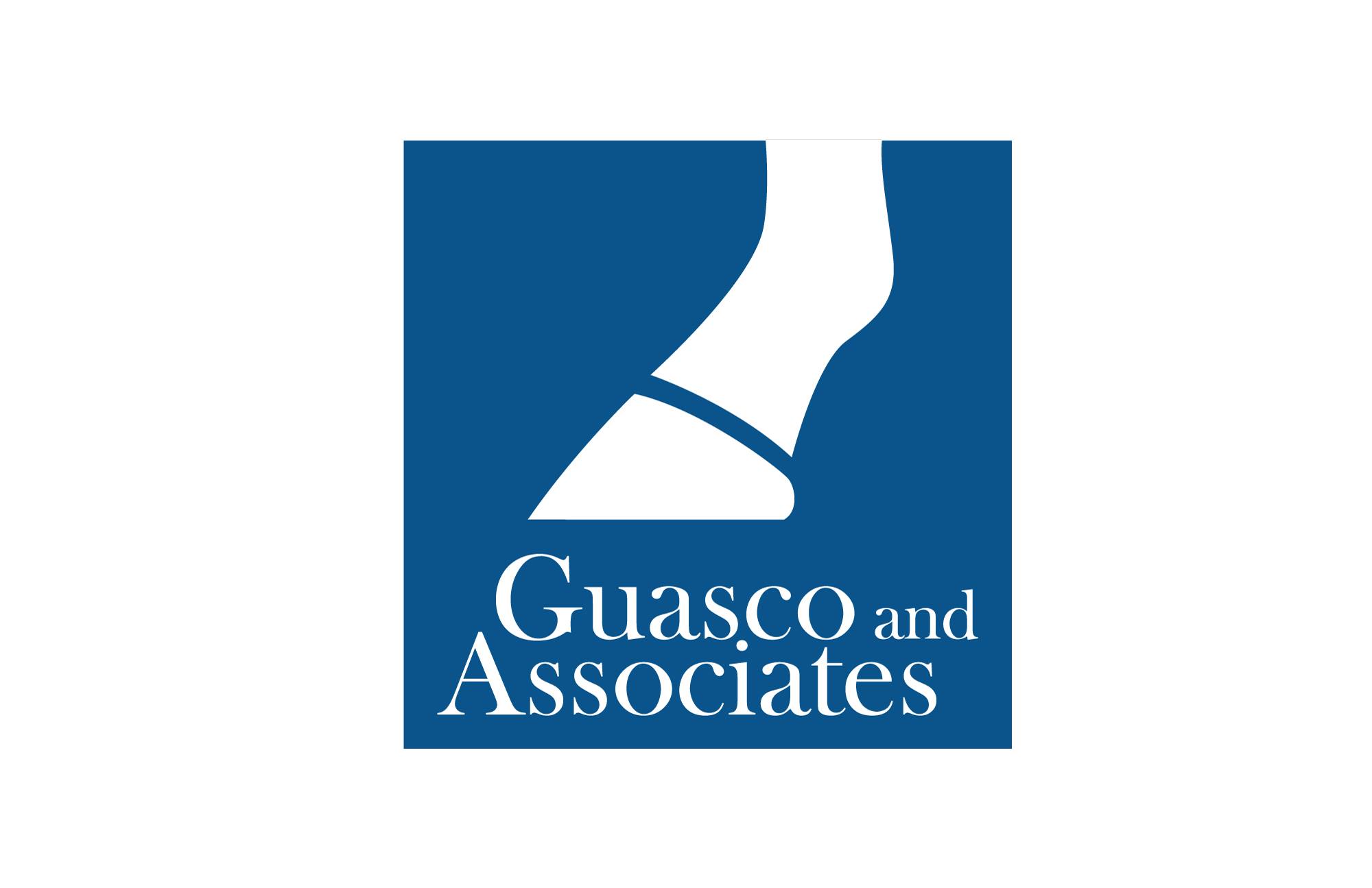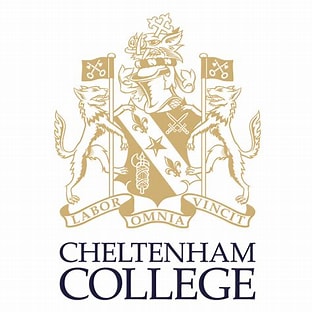Latest News
Everyone's favourite race, whatever country you're in
The Aintree Grand National each April is a unique race, the ultimate test of a thoroughbred steeplechase over nearly 4 1/2m and 30 fences. Even after all its modifications in the face of public pressure, it remains a race like no other.
Yet it faces a veritable army of imposters, credited with the Grand National prefix. Internationally, the Liverpool original has no peers as the world’s greatest steeplechase but such is its popularity that a simple Google Search only finds the official Aintree site half way down page 2, outpointed by news sites and Grand National free bets sites that offer a chance for valuable information about runners and riders with bet offers.
All over virtually every nation that stages Jump racing, there will be a copycat Grand National – the sincerest form of flattery, but also a source of confusion to a novice spectator. In the UK alone, the best known are the Welsh and Scottish Grand Nationals at Christmas and in late April over standard birch fences, but there are at least 10 others, ranging from fairly ordinary handicaps at Plumpton and Catterick to high grade handicaps like Sandown’s London National in December.
Even the Point-to-Point scene has its own share of pretend Nationals, the best known being the Wessex National at Badbury Rings in Dorset in late February.
Over in Ireland, the Irish National is a standout highlight of Easter Monday. First run in 1870, 31 years later than its British counterpart, it is nearly 3f shorter than the Aintree equivalent. There have only been 7 British-trained winners of the race in the past 30 years, unlike its Aintree relation, which in recent years has seen the trophy back on a Ryanair flight to Dublin more often than not. Of those 7 winning trainers, only David Elsworth with Desert Orchid (1990), Martin Pipe with Omerta (1991) Jenny Pitman with Mudahim (1997) and Bob Buckler with Niche Market in 2009 can legitimately stand up to be British. We don’t think Ferdy Murphy and twice winner Jonjo O’Neill really count!
However, Fairyhouse also has its own copycats. Limerick’s Munster National and the Kerry National at Listowel both punctuate the early autumn calendar whilst Ulster holds its own National each March.
If the home countries that are the hotbed of Jump racing continue to stage Nationals over regulation fences, this is not so abroad where some of the spirit of the original Grand National organisers, William Lynn and the Earl of Sefton, still exists.
The most valuable of these, inevitably, is in the richest nation of Earth, where the £350,000 on offer in Far Hills' Grand National is assigned to a hurdle race rather than a steeplechase, but the Grand National Steeplechase in Maryland in April is over timber railed fences, rather than birch, in the tradition of the Maryland Hunt Cup. These are both run in the longest traditions of the British Point-to-Point. Far Hills in New Jersey attracts some 40,000 spectators to its 1600 tailgate positions for the largest party in New Jersey. Brain Power spoilt the party 2 years ago by swopping to lift the prize for Nicky Henderson, but most often, a US trainer has something up his sleev to keep the prize at home.
Also well endowed is the Grand National Steeplechase at Ballarat in Australia, around 90mns from Melbourne in Victoria. This AUS $350,000 chase is over the soft fences used in Australia that suit flat-breds. That said, one Ruby Walsh was brought over to win the race back in 2015 on Bashboy, winning a third consecutive renewal of Australia’s most valuable Jumps contest.
Nearer to home, the Europeans also have their Nationals. The Swedish Grand National is a £20,000 race each July, set up from scratch in a national park. The fences are regulation British fences over a distance of 4,500m. Given the low prize fund, it’s no great surprise the race is largely ignored by British and Irish owners, but there are often Polish and the occasional German runner.
Italy's Jump racing is really confined to Merano, whilst Switzerland has some scenic racing of no great quality. The Czech Republic stages the continent's most famous Jumps race in the Pardubicka Chase, but has no plans to subsume this under a "National" prefix. Bratislava also stages a race or two over obstacles.
The French, who stage a full Jumps programme, take an insular approach. I can remember being at Craon for a well-attended festival meeting in September some years ago, where Philip Hobbs had sent Dickie Johnson to ride Grand National fifth Balthazar King to win the Grand Steeplechase de Craon. It was a rare occasion where such a well-known British-trained horse went off at 33/1, much to the delight of his owners and trainer, who all landed a touch.
And so to the one European country where Jumps racing is hidden away like an unwanted child. Germany stages a handful of Jumps races, which is surprising given its propensity to breed stayers. The so-called German Grand National takes place at Bad Harzburg’s annual week-long festival each late July, which includes two long distance steeplechases.
Bad Harzburg’s races aren’t of a high quality, but what they lack in top flight horses is made up in the variety of obstacles and the configuration of the course. At one stage, the runners have to swim through a lake, effectively reducing their momentum from a gallop to walking pace to wade through shoulder high water. Given a low horse population, it may come as no great shock to discover that this year’s winner, Wutzelman, won not just the Grand National, but was sent back out again a few days later to win the other chase on the card.
True Jumps fans should, however, applaud the continuance of Jump racing in central Europe, and also the attitude toward the style and variety of obstacle. The constant streamlining of fences in the UK does the sport a disservice. Removing water jumps may have been popular with trainers and owners, but diminishes the spectacle on which British racecourses rely through spectator revenue. This is why what are now perceived as “quirky” races like Cheltenham’s Glenfarclas Cross Country Chase and the Punchestown banks races have proved so popular. However it seems an improbability that more cross country chases will emerge through the sheer cost of implementation.
Grounds then to protect the use of Grand National in the British Isles, in order to define just why it is the most brilliant 9 minutes in the racing calendar.
Event details
Buy your tickets nowOur Sponsors








.png)









